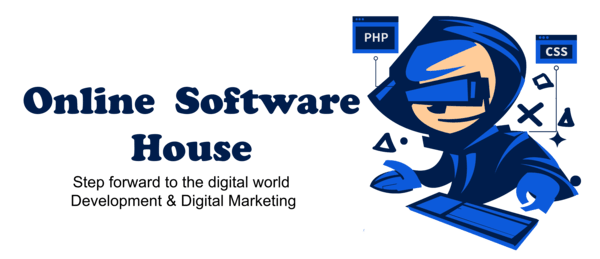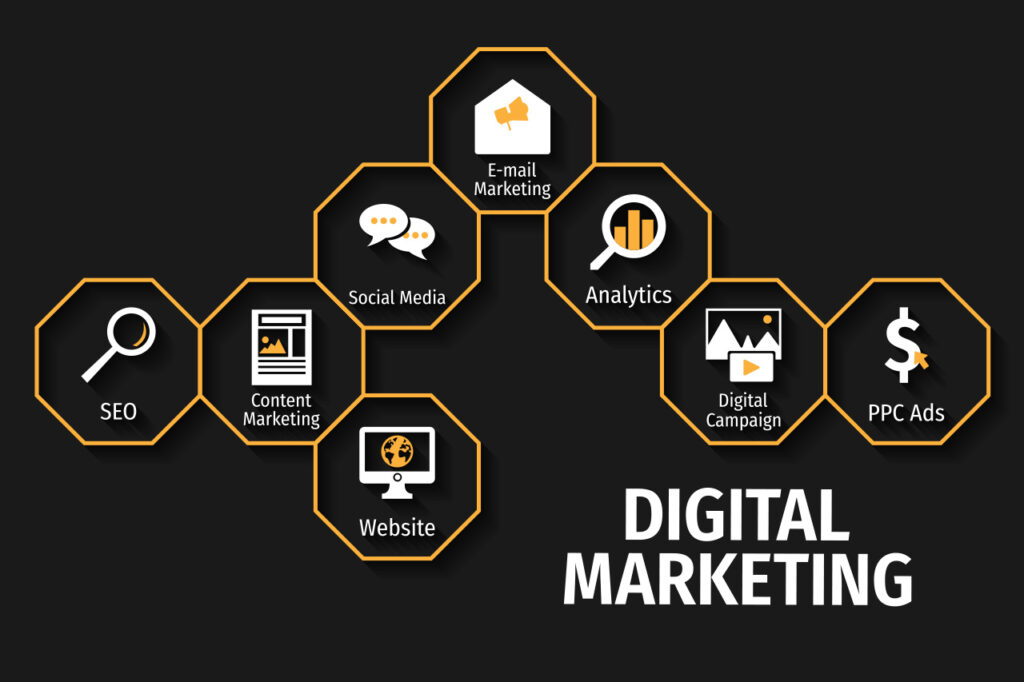
Cerecting a website is the first step towards establishing this presence. still, website development isn’t a one- size- fits- all process; it involves several distinct phases that must be precisely navigated to produce a successful online platform. In this composition, we will explore the colorful phases of website development, from conceptualization to launch, furnishing you with a comprehensive understanding of the process.
Understanding the Purpose of Your Website
Before you start erecting a website, it’s essential to define its purpose. Are you creating ane-commerce platform, a blog, or a commercial point? Understanding your website’s pretensions will guide all posterior opinions.
Market Research and Competitor Analysis
Thorough exploration is the foundation of a successful website. dissect your target followership and study your challengers to identify gaps and openings.
Planning and Strategy Development

Before diving into the specialized aspects, it’s essential to have a well- allowed- out plan. This phase involves defining your website’s purpose, target followership, and pretensions. Research your challengers and assiduity trends to identify what works and what doesn’t.
Domain Registration
Your website’s sphere name is its unique address on the internet. Choose a sphere name that reflects your brand and is easy to flash back . insure that the sphere you ask is available and register it through a dependable sphere register
Web Hosting
Opting the right web hosting provider is pivotal for your website’s performance and security. Compare hosting plans, consider your website’s requirements, and choose a hosting provider that offers excellent client support.
Design and Wireframing
Produce a wireframe or design of your website’s layout. Pay attention to stoner experience( UX) and insure that your design is visually charming and stoner-friendly. You can hire a web developer or use website builders to bring your vision to life.
Front- End Development

Front- end inventors bring the design to life by writing the law that druggies interact with directly. This phase is each about making the website functional and visually appealing.
Back- End Development
Back- end website development handles garçon- side functionality, databases, and garçon operation. It’s the backbone of your website, icing data is reused rightly.
Content Creation and Management
produce high- quality content that aligns with your website’s pretensions. apply a content operation system( CMS) to organize and modernize content efficiently.
Testing and Quality Assurance
Completely test your website for functionality, comity, and performance. Identify and fix any issues to insure a flawless stoner experience.
Search Machine Optimization( SEO)
Optimize your website for hunt machines to ameliorate its visibility. This involves keyword exploration, on- runner SEO, and link structure.
Security perpetration
Utensil robust security measures to cover your website and stoner data from cyber pitfalls.
Final Review and customer Feedback

Review the website with your customer or platoon, gather feedback, and make necessary variations.
Launch and Deployment
Once everything is in order, launch your website, making it accessible to druggies.
Post-Launch conservation
Congratulations! It’s time to launch your website and make it accessible to the world. insure that everything is in order before the sanctioned launch
website development is an ongoing process. Regularly modernize your content, examiner website analytics, and make necessary advancements to keep your point fresh and engaging.
Measuring and assaying Performance
Use analytics tools to measure your website’s performance, track stoner geste and make data- driven advancements.
Scaling and Growth Strategies
As your website grows, consider spanning strategies, similar as adding new features or expanding your online presence.
In Conclusion
Understanding the phases of website development is the first step towards erecting a successful online presence. From careful planning topost-launch conservation, each phase plays a pivotal part in creating a website that stands out in the digital geography. Flash back that website development is an ongoing process, and staying streamlined with assiduity trends is crucial to long- term success.
Thank you for reading this comprehensive companion to the phases of website development .However, please hit the suchlike button and consider exploring our other instructional papers, If you set up this composition helpful.
constantly Asked Questions( FAQs)
A The primary pretensions include establishing an online presence, reaching a target followership, furnishing precious content or services, and achieving business objects.
A While it’s possible to produce a website on your own, hiring professionals ensures a polished and functional point. It’s especially recommended for complex systems.
A SEO( Hunt Machine Optimization) is the practice of optimizing your website to rank advanced in hunt machine results. It’s essential for adding organic business and visibility.
A Yes, you can and should modernize your website regularly to keep content fresh and acclimatize to changing trends and stoner requirements.
A The timeline for website development varies depending on complexity. It can take anywhere from a many weeks to several months.







 Are you passionate about web development, skilled in HTML, CSS, Bootstrap, JavaScript, PHP with PDO, and have a knack for customizing WordPress? If so, we have an exciting opportunity for you!
Are you passionate about web development, skilled in HTML, CSS, Bootstrap, JavaScript, PHP with PDO, and have a knack for customizing WordPress? If so, we have an exciting opportunity for you!





























